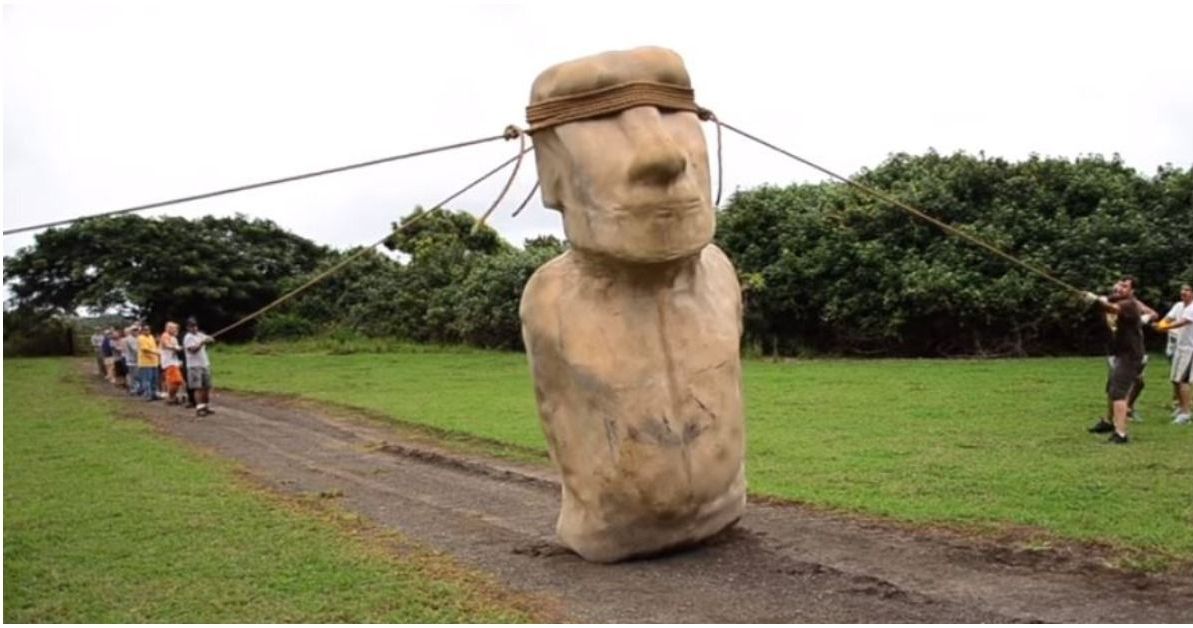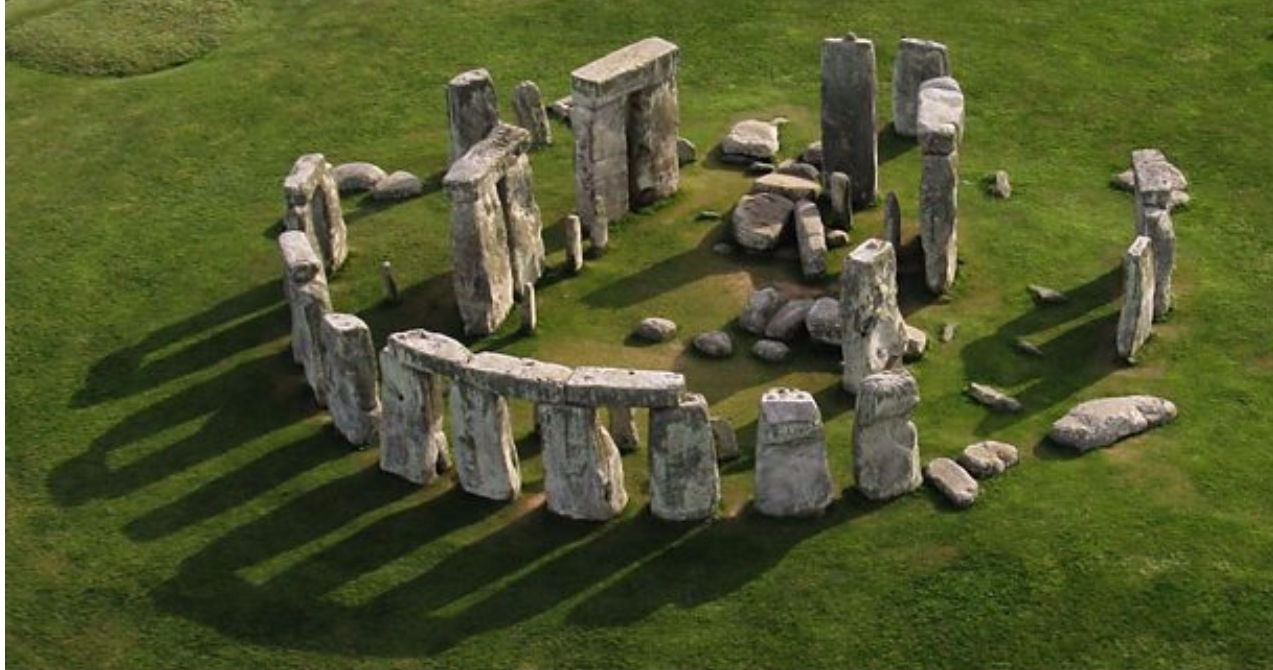For hundreds of years, explorers, researchers, and tourists have all marveled at the massive stone statues of Easter Island.
There are around 900 of these figures with enormous stone heads, called moai, on the small island off the coast of Chile.
Recent studies have unearthed surprising answers about who built the moai, and how.
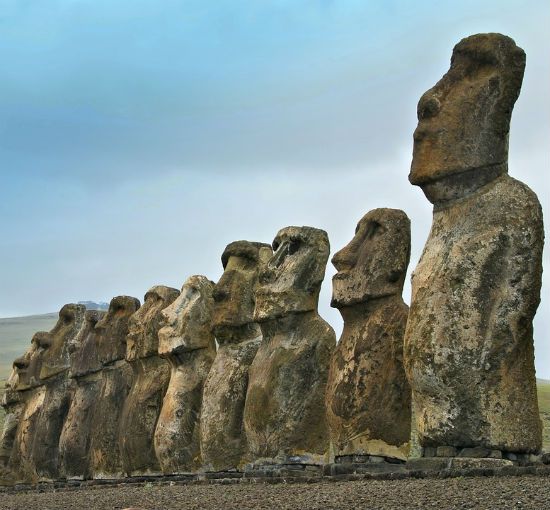
But now, one scientist says he has uncovered why these mysterious figures were built in the first place, and his explanation is almost too good to be true.
Moving The Moai
Experts believe the moai were built by the island's native Rapa Nui culture between 1200 and 1600.
If it sounds impossible to you that the Rapa Nui could move hundreds of stone statues - most of which are 13 feet tall - you're just understimating them.
Once the statues were carved from local stone, and raised on their "feet" using a pulley system, moving them into place involved just three ropes and a coordinated team of workers, who "walked" the moai into place, according to researchers.
The techniques are very similar to ones used by construction worker Wally Wallington, who built a replica of Stonehenge using ancient technology to roll and slide the massive blocks into place.
But other features of the moai are still mysterious, like why some are partially buried.
While many moai statues have bodies above ground, some of the largest appear only as giant heads, until you dig below the surface.
A few of the tallest of the moai, which stand up to 33 feet high, have bodies hidden underground, with long arms and stubby legs under the dirt.
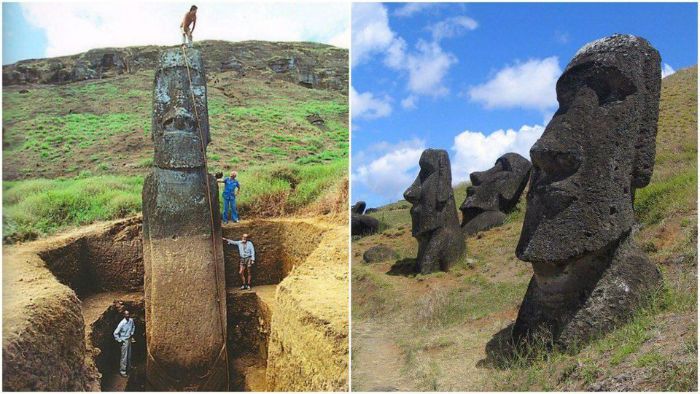
There is also evidence that the moai were decorated by the islanders. Some are said to have featured coral eyes, while many are still wearing traditional pukao hats.
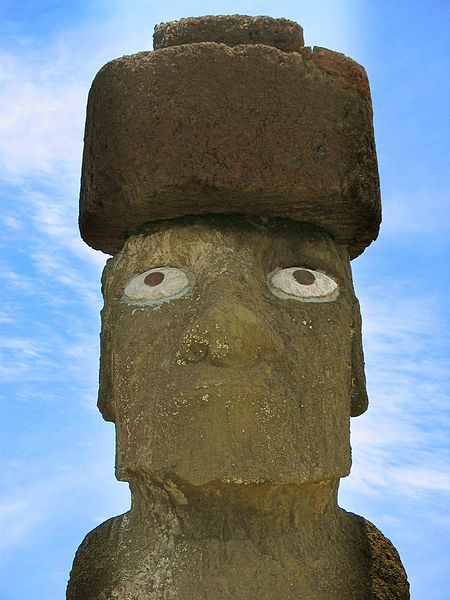
But the real question that has puzzled experts for centuries is not how the moai were built, but why were they built?
Cracking The Mystery
Sadly, the island's native population was not able to pass on their oral history, after being almost wiped out by disease and the European slave trade.
Along with much of the Rapa Nui culture, the origins and meaning of the moai were thought to be lost forever.
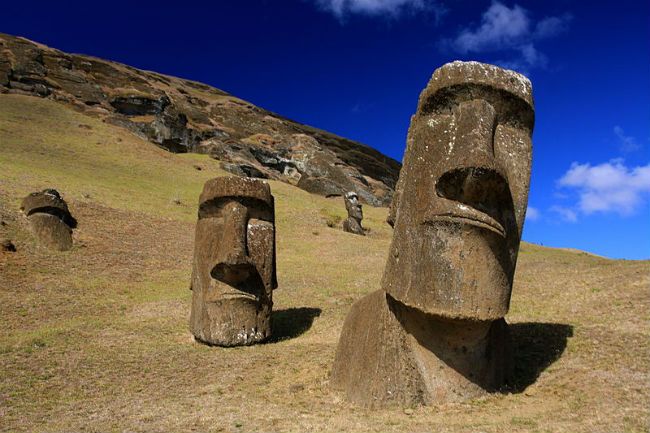
But one expert says accounts from Europeans who visited the island in the 18th century offer a major clue into the meaning of these curious statues.
They wrote that the island's native population could drink untreated seawater, which modern science tells us could not be true.
But there are also very few sources of fresh water on the island, since the volcanic soil drinks up any rainwater very quickly.
Still, historical accounts said that up to 20,000 people lived there before the arrival of Europeans. So how did they survive without fresh water?
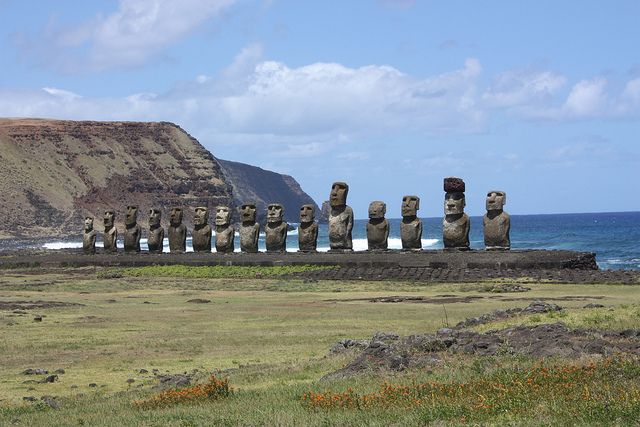
A surprising land survey published in Hydrogeology Journal has connected the mystery of the moai to the mystery of the island's water supply.
Archaeologist Carl Lipo points out that water absorbed into the island's soil eventually flows out to sea at low tide, and that mixture of fresh and salty water is actually drinkable.
The moai, who are often found near the coast and other sources of fresh water, seem to be pointing the way to water for local tribes.
Marking these spots with statues, then building structures to collect the fresh water, could explain how the Rapa Nui survived and thrived.
More research needs to be done to connect the moai and fresh water, but Lipo says we are "tantalizingly close" to learning the whole truth, after wondering for hundreds of years.
